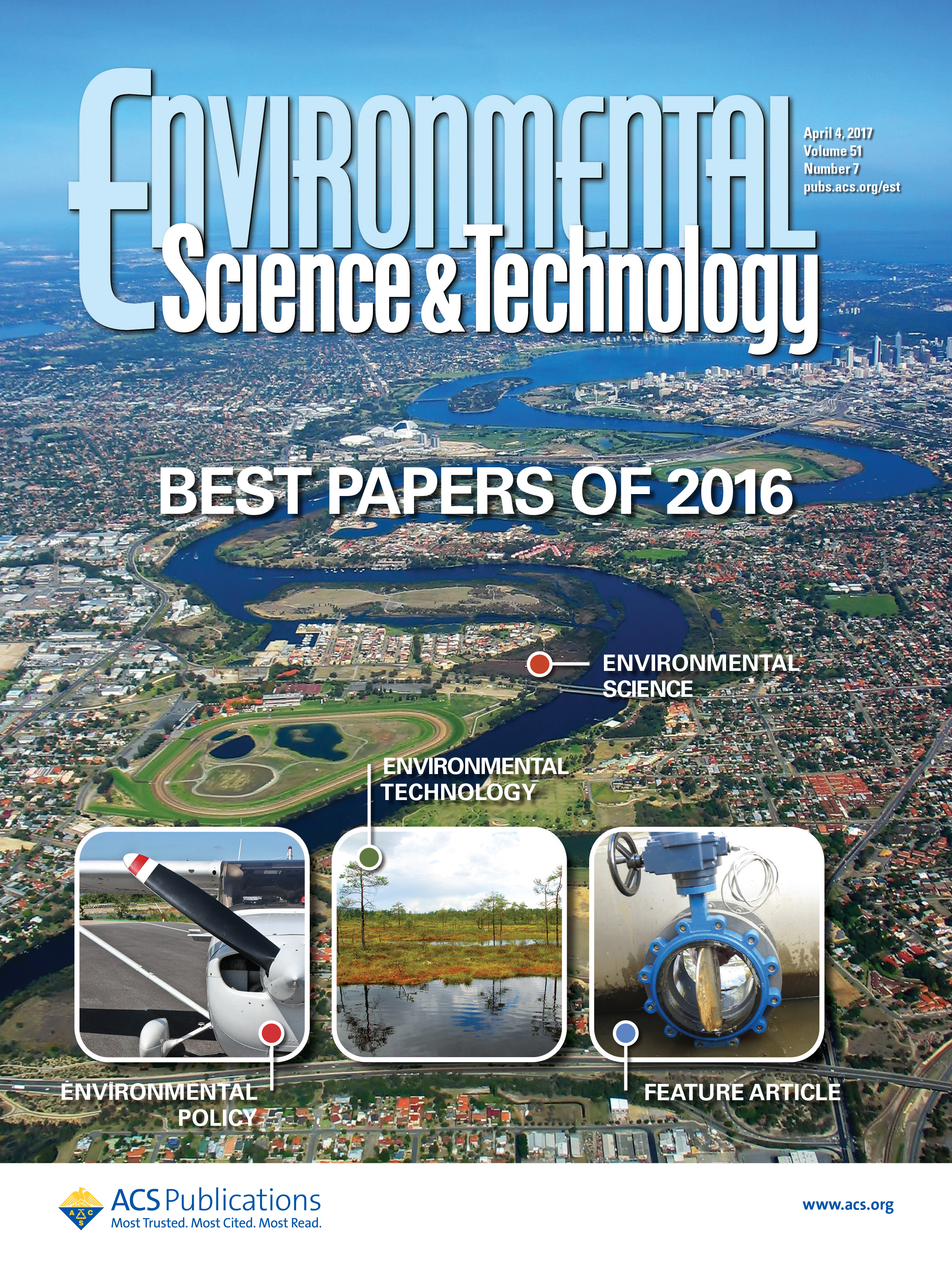Real-World Emission of Particles from Vehicles: Volatility and the Effects of Ambient Temperature
A majority of the ultrafine particles observed in real-world conditions are systematically excluded from many measurements that help to guide regulation of vehicle emissions. To investigate the impact of this exclusion, coincident near-road particle number (PN) emission factors were quantified up- and downstream of a thermodenuder during two seasonal month-long campaigns with wide-ranging ambient temperatures (−19 to +30 °C) to determine the volatile fraction of particles. During colder temperatures (<0 °C), the volatile fraction of particles was 94%, but decreased to 85% during warmer periods (>20 °C). Additionally, mean PN emission factors were a factor of 3.8 higher during cold compared to warm periods. On the basis of 130 000 vehicle plumes including three additional campaigns, fleet mean emission factors were calculated for PN (8.5 × 1014 kg-fuel–1), black carbon (37 mg kg-fuel–1), organic aerosol (51 mg kg-fuel–1), and particle-bound polycyclic aromatic hydrocarbons (0.7 mg kg-fuel–1). These findings demonstrate that significant differences exist between particles in thermally treated vehicle exhaust as compared to in real-world vehicle plumes to which populations in near-road environments are actually exposed. Furthermore, the magnitude of these differences are dependent upon season and may be more extreme in colder climates.


